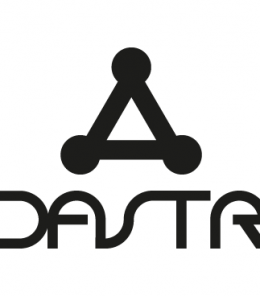What Is a Tech Audit?

Technical audits are an evaluation of the technology infrastructure of an organisation. The aim is to find strengths and weaknesses within the technology stack and ensure that it’s in line with the business objectives. This is a vital step to be taken prior to launching an exciting new project. It provides invaluable insight into how technology will perform.
Tech audits are distinct from IT reviews and security assessments that are focused on assessing systems to ensure compliance and security. Tech audits look at all the tools your business employs for work, their effectiveness cost, as well as integrations with various technologies.
The details of a technical review are determined by the person who is conducting it. It can be requested by a CFO, who is trying to cut costs associated with software or guided by a management team who want globalbizblog.com/best-cheap-camera-in-2021/ to be more flexible and productive.
One of the most frequent outcomes of a technology stack audit is that a variety of tools are used for similar purposes. For example, engineering might use Jira and marketing teams utilize Asana and Wrike. This means that the data isn’t flowing freely across departments and creating a single point of truth.
Another common observation is that apps that aren’t sanctioned by the government are being used by specific departments or teams. Some of these apps may be useful and have value, but they could also be a risk, particularly when integrations and security are not checked. A tech audit can provide leadership visibility into the tools they use and how they are being employed, allowing them to decide whether they are appropriate to integrate in the overall technology stack.











